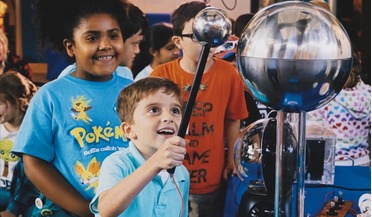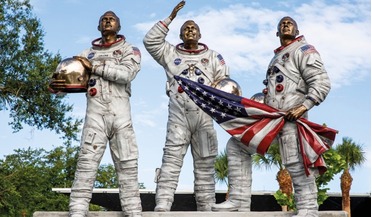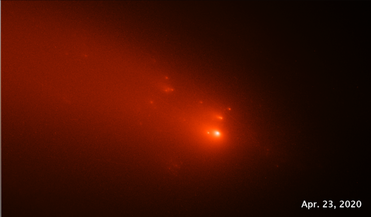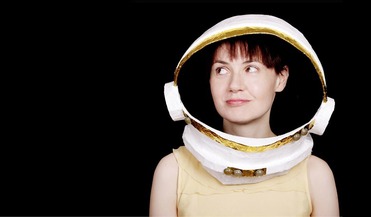 June 2020
Titan’s evolving atmosphere
June 2020
Titan’s evolving atmosphere
... surface and because of the probable subsurface ocean of liquid water. Titan, which is larger than the planet Mercury, has a dense and extended atmosphere consisting essentially of nitrogen with some methane and hydrogen, along with...
 July 2020
Trailblazing STEM education
July 2020
Trailblazing STEM education
...; why so long? That was a lifetime for this ten year old. The capsules that followed - the Mercury, Gemini and Apollo - were my generation’s ‘covered wagons of the new frontier’ that John Kennedy held out...
 February 2021
The Space Monuments Men
February 2021
The Space Monuments Men
... with complete, gut-wrenching, demoralising rejection. I’ve always been a huge space fan, growing up in the 1960s, watching Mercury, Gemini and Apollo take us all the way to the Moon. In December 2001 I was able to meet my boyhood...
 January 2023
Portugal’s sustainable space strategy
January 2023
Portugal’s sustainable space strategy
... dawn of the Space Age with the supply of cork insulating material to many early US missions such as the Mercury, Gemini and Apollo capsules and the Saturn V launcher. However, it was only in 1989 that Portugal joined...
 20 August 2021
"Weird" comet ATLAS may be a remnant of an ancient visitor
20 August 2021
"Weird" comet ATLAS may be a remnant of an ancient visitor
... comet swept within 37 million kilometres (23 million miles) of the Sun – an orbit closer than the innermost planet Mercury makes. But not much is known about this sighting, so how do astronomers know that there was such...
 March 2016
Space Oddities: The Problem with Imagination
March 2016
Space Oddities: The Problem with Imagination
... three days in space. Surviving members of the original Mercury 13 on a Kennedy Space Center visit to witness ... decisive action was taken to promote female astronaut training. The Mercury 13 came into under spotlight again in 1963 after Tereshkova’s ...